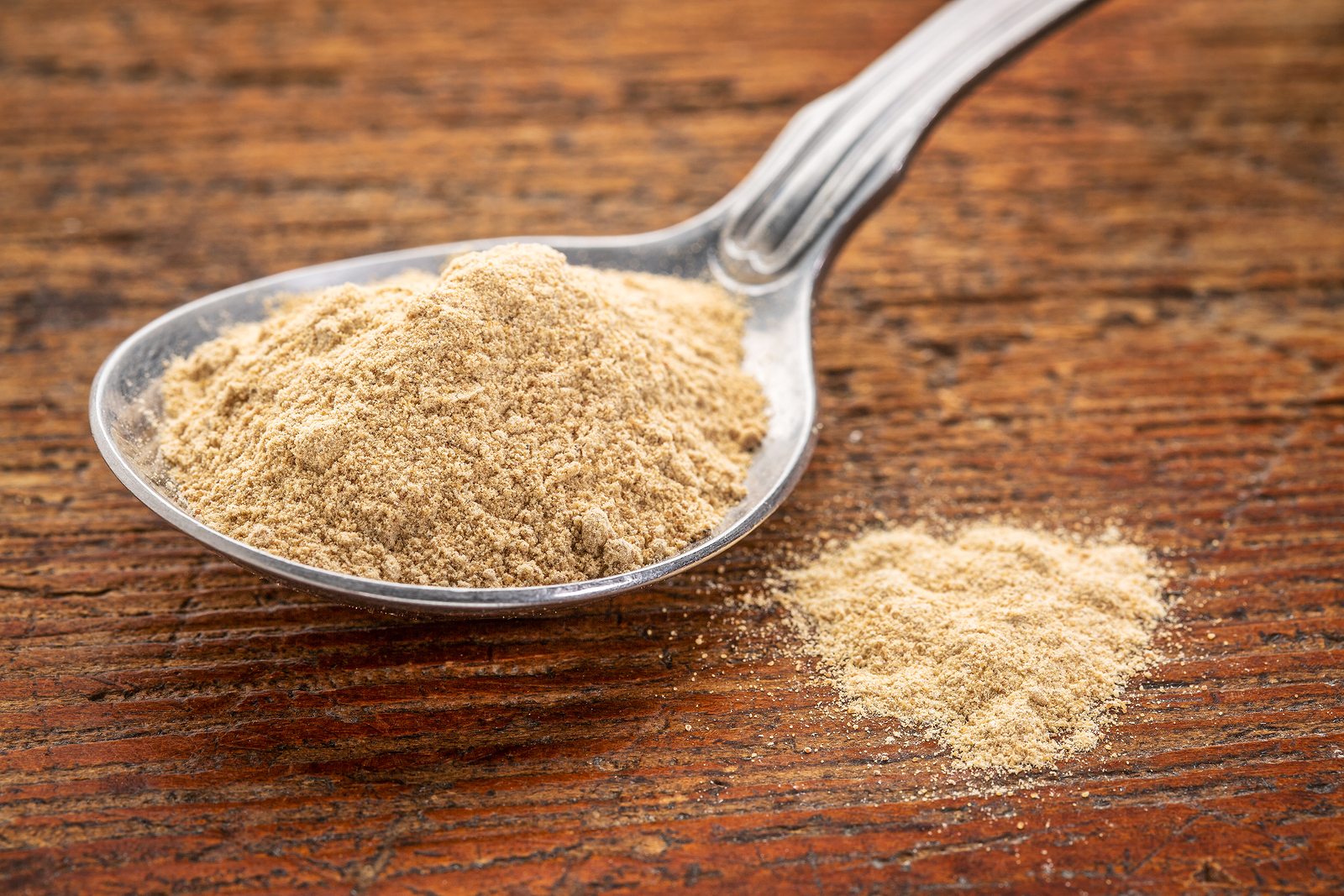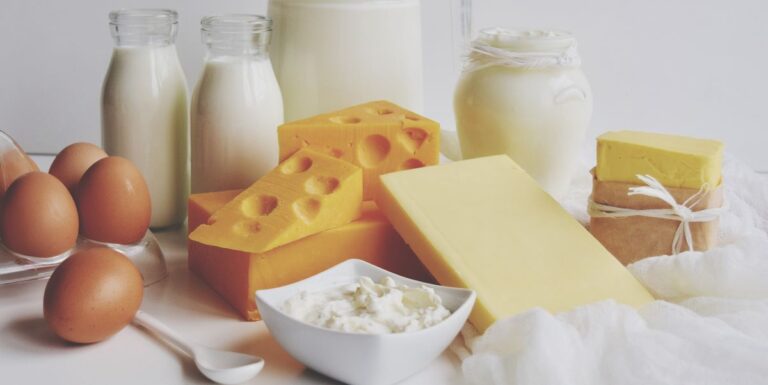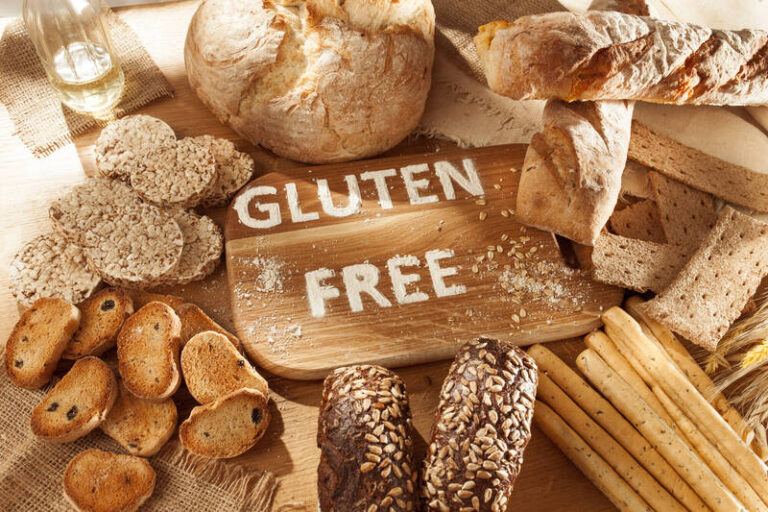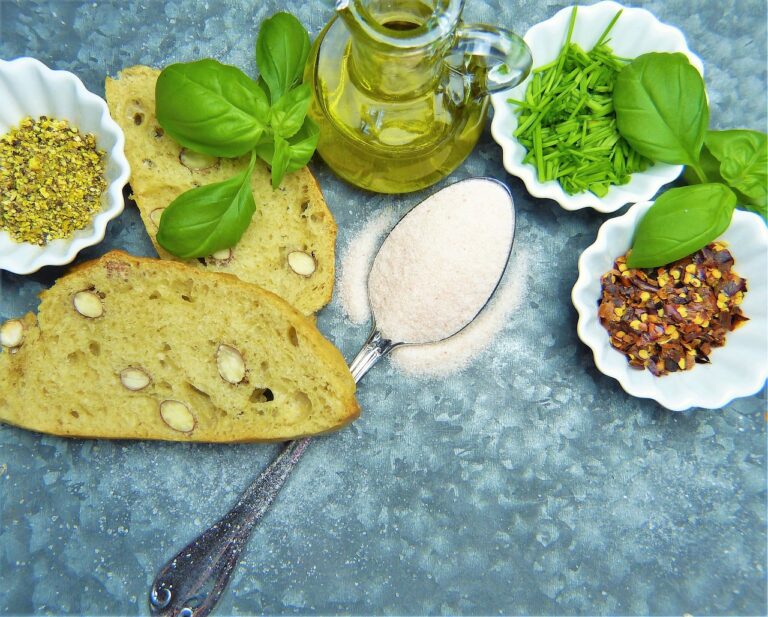Your basket is currently empty!
Actually... there is no such thing as "gluten-free flour." Gluten-free flour is a "powder" produced from ground seeds, grains, natural products, nuts, and even insects, each with its unique characteristics, ranging from taste and texture to beneficial health properties and reactions when used in baking and cooking. Currently, almond flour is widely popular. It is important to be aware of which flour combinations to select, mixing them together to adapt to a particular recipe, enhancing its flavor, aroma, and appearance.
Some manufacturers may use rice flour as a primary mixture to create more economical blended flours. However, an excess of rice flour can sometimes lead to a dry, brittle, and rough texture, offering minimal health benefits. Additionally, mounting evidence suggests that excessive rice flour might be unsafe, raising concerns about arsenic contamination from water and soil. Arsenic is a toxin, so caution is advised.
When purchasing ready-made commercial hot meals, flours, and mixed foods, it is essential to carefully read the nutritional information on the packaging.
Stay tuned for the next blog post where I will introduce a simple homemade recipe.







